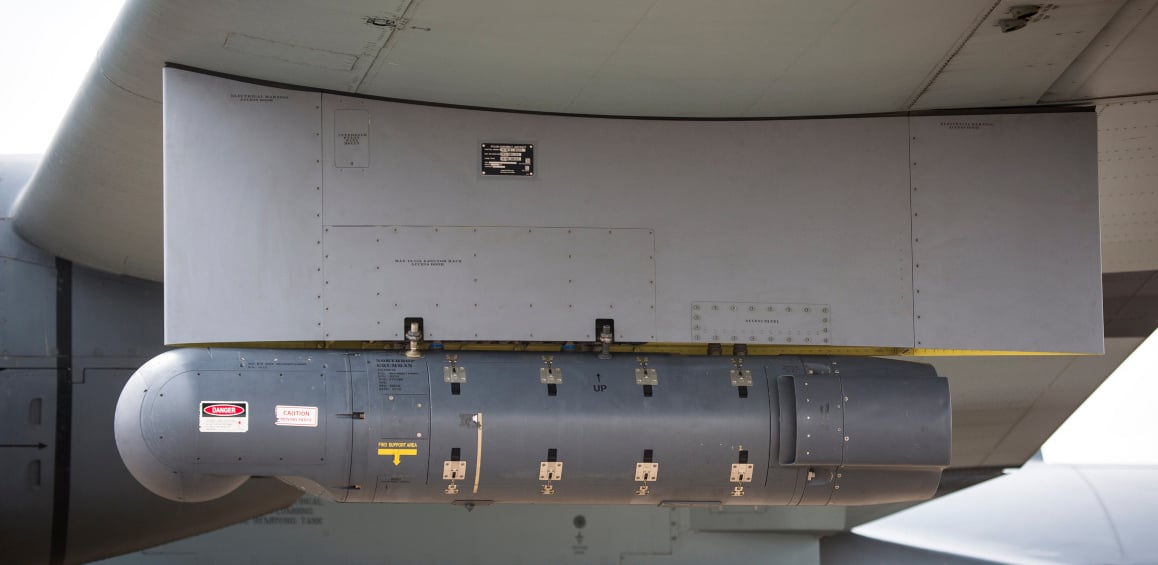Click Here to View This Page on Production Frontend
Click Here to Export Node Content
Click Here to View Printer-Friendly Version (Raw Backend)
Note: front-end display has links to styled print versions.
Content Node ID: 400583
The Royal Australian Air Force (RAAF) has become just the second air force in the world to integrate Northrop Grumman’s AN/AAQ-28(v) Litening sensor pod with the Lockheed Martin C-130 Hercules. The pod has previously been trialled by the 189th Airlift Wing, Arkansas Air National Guard, on the C-130H version of the Hercules, but the RAAF has integrated it with the digital C-130J-30 aircraft.
The Litening pod is mounted on an underwing pylon fitted outboard of the C-130J-30’s engines. Integration of the system was designed by RAAF C-130J maintenance provider Airbus Australia Pacific, which also performed the installation of the pod and pylon, supported by Lockheed Martin and Northrop Grumman as the original equipment manufacturers (OEMs).
Flight trials of the pod installation began at RAAF base Richmond, west of Sydney, on January 17, beginning without the pod installed to establish aircraft baseline performance. The first flight with the pod installed followed on January 29 and ongoing trials will determine how it affects aircraft performance under a range of flight conditions as well as examining the functionality of the pod itself.
The trials are being conducted by an aircraft (tail number A97-448) the RAAF uses as a technology demonstrator in conjunction with its day-to-day airlift duties. It has been previously fitted with several systems, such as a wideband satellite communications (satcom) system and augmented crew workstation in the cockpit, as part of the RAAF’s “Plan Jericho” vision of a fifth-generation force. The trials are being undertaken by 37 Squadron, the operators of Australia’s Hercules fleet, and the Aircraft Research and Development Unit (ARDU), with support from the Air Warfare Engineering Squadron of the RAAF’s Air Warfare Centre.
The laser designation capability of the Litening pod has been disabled, precluding arming of the aircraft with guided weapons such as the Hellfire air-to-ground missile. The electro-optic, infrared (EO/IR) imaging capabilities will be used to provide enhanced situational awareness for the crew and passengers, as well as commanders on the ground. The information is displayed at the augmented crew station on the flight deck and transmitted offboard via satcom.
“This trial will examine how the Litening pod can improve crew situational awareness to mitigate mission risks,” explained Commander of the RAAF’s Air Mobility Group (AMG), Air Commodore Carl Newman. “A97-448 will allow us to explore how the Hercules and wider air mobility fleet will support operations as part of a fifth-generation air force.”
Australia acquired the Litening pod in 2007 for its legacy F/A-18A/B Hornet fighters, replacing the original AN/AAS-38 Nite Hawk sensor. The Hornet force is being retired in favor of the Lockheed Martin F-35A, which has internal sensor and target designation systems, and a number of Litening pods could potentially be made available for Australia’s 12-strong C-130J-30 fleet.
